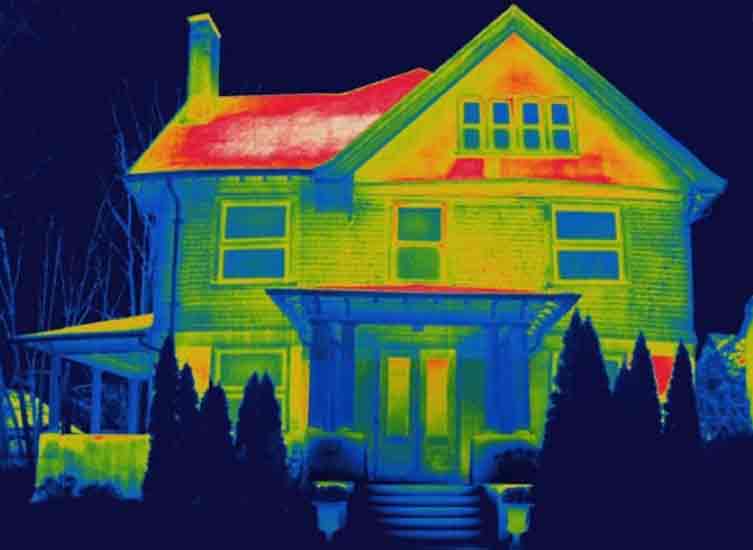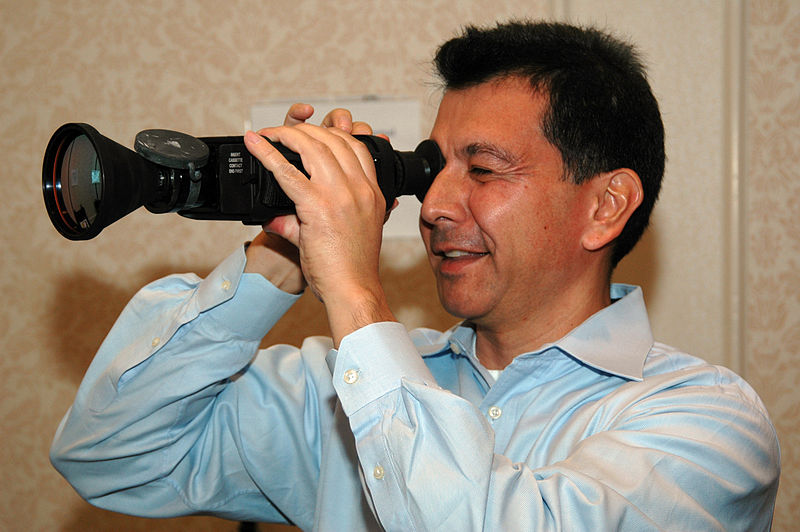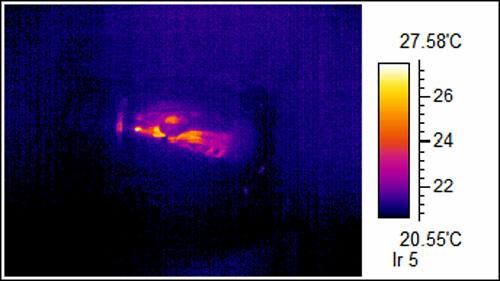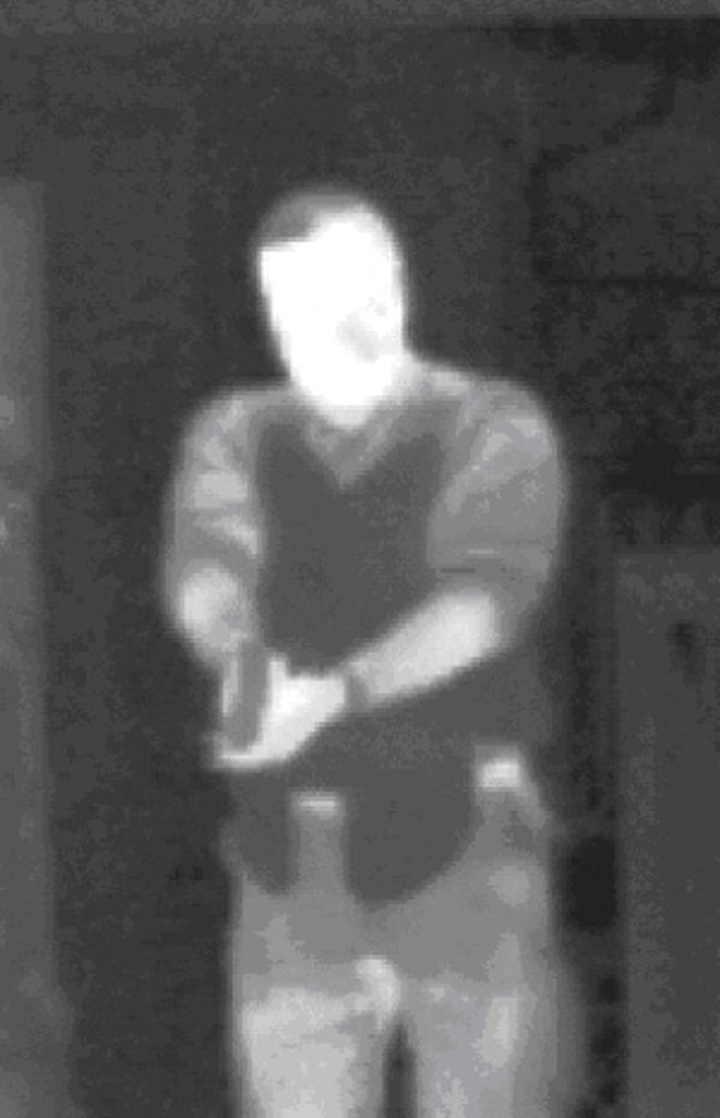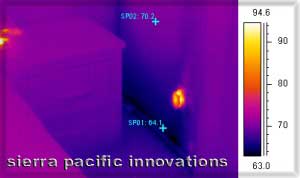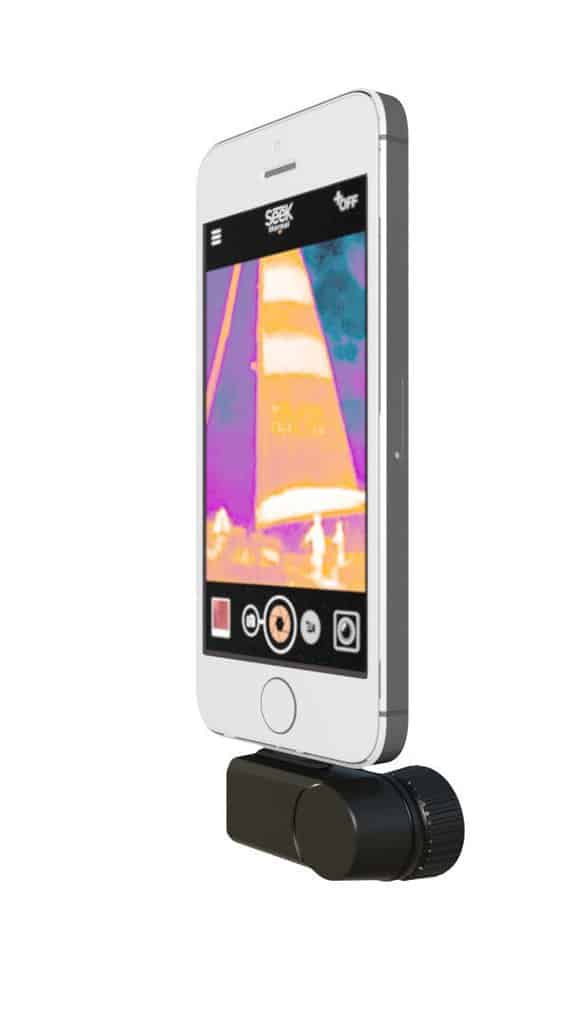Thermal Imaging Goggles See Through Walls

What thermal imaging devices can actually do although and what makes some people think that thermal imaging devices can possibly see through walls and concrete is to see how objects under the surface of specific items affect this item s temperature.
Thermal imaging goggles see through walls. That s what the seek thermal camera does. They rarely go out during the day and have the benefit of tree or plant cover in many areas. Though thermal imaging previously required special gear costing thousands of dollars the seek thermal camera sells for from about 199 to 250 and is available. Thermal imagers enable firefighters to see people through smoke.
You can even combine some tech. If you point a thermal camera at a wall it will detect heat from the wall not what s behind it. Police now see through walls and know if you re home. Can thermal imaging see through walls.
Infrared light is part of the invisible light spectrum. Thermal imaging devices cannot get past thick obstacles like concrete. We explore the question can suas drone thermal cameras see through walls. We look at two different images one a still shot another video of two different b.
Want to become a spy. In this video i show you how to use your smartphone to see through walls using rf 3d imaging technology. The answer to this question is yes night vision devices can see through a glass walls smoke darkness curtains fog and tinted windows. No thermal cameras cannot see through walls at least not like in the movies.
To understand this one needs to know how infrared thermal imaging works. It is important to know through which objects night vision can see. Wild hogs can be extremely destructive especially to farms but they re also clever. Hog hunters are especially fond of thermal imagers.
Night vision cannot see through absolute darkness but absolute darkness is very rare in our surrounding. The colors we see everyday are between the uv and ir on the spectrum outside that tiny portion of the light spectrum the light is invisible to use. Humans can only see the tiny visible portion of the light spectrum.








